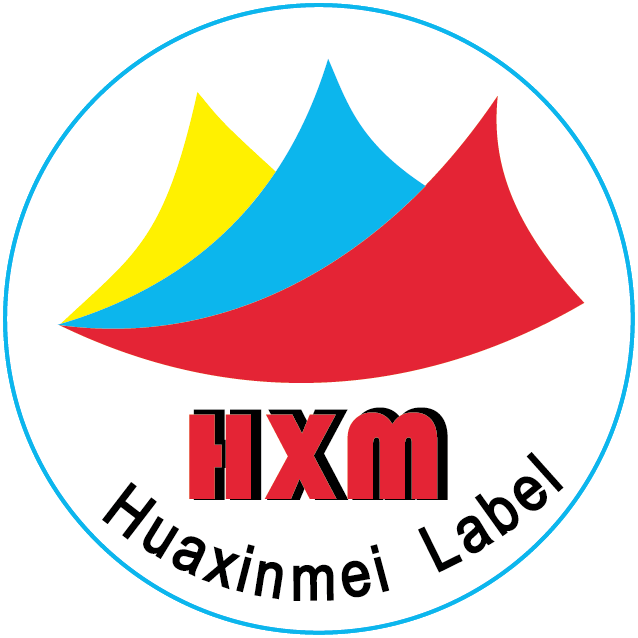Vinyl stickers are versatile and customizable, offering a wide range of possibilities for personal or business use.
Customizing vinyl stickers allows you to create unique designs tailored to your specific needs and preferences.
In this guide, we’ll explore the process of customizing vinyl stickers, from choosing the right materials to applying the finishing touches.
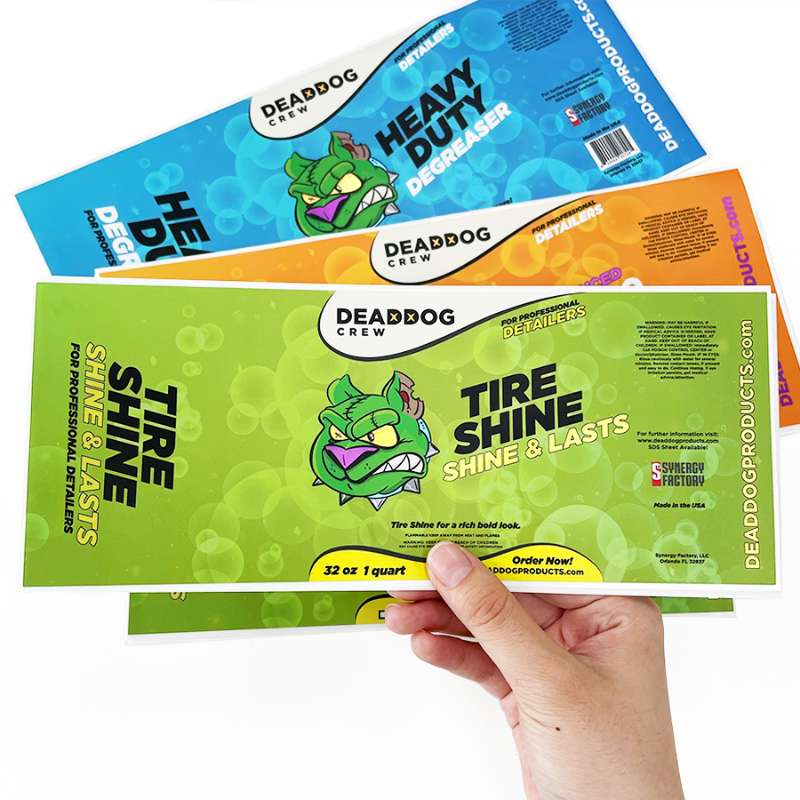
Material Selection:
Choose the Right Vinyl:
Selecting the appropriate vinyl material is crucial for the durability and appearance of your stickers. Options include glossy, matte, clear, and colored vinyl, each offering different aesthetic qualities.
Consider the Application Surface:
Determine whether your stickers will be applied to indoor or outdoor surfaces, as well as the texture of the surface (smooth or rough). This information will help you select the appropriate adhesive strength and vinyl type.
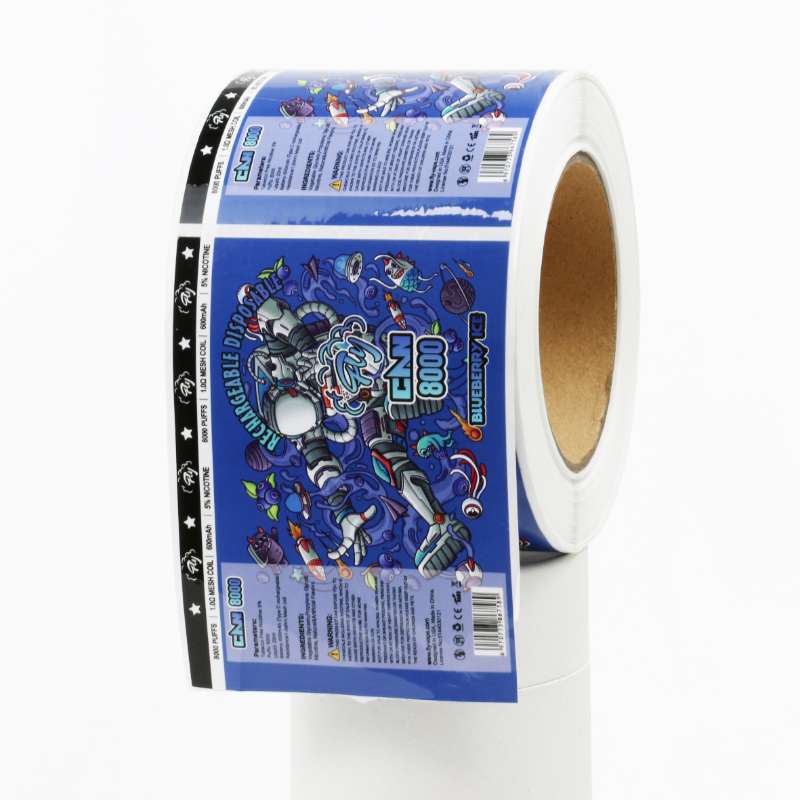
Design Creation:
Define Your Purpose:
Clearly outline the purpose of your stickers, whether it’s branding, promotional, decorative, or informational. Understanding your objectives will guide the design process.
Use Design Software:
Utilize graphic design software such as Adobe Illustrator or Canva to create your sticker design. Experiment with colors, fonts, images, and shapes to achieve the desired look.
Incorporate Branding Elements:
If the stickers are for business use, incorporate your brand’s logo, colors, and messaging to ensure consistency and recognition.
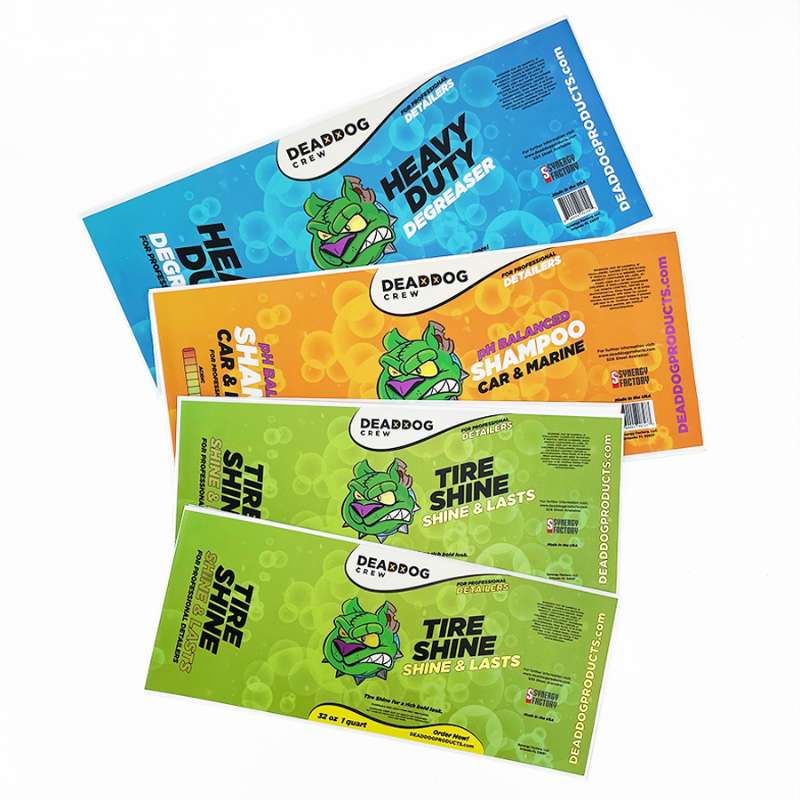
Printing Process:
Choose a Printing Method:
Decide whether to print your stickers in-house using a vinyl cutter or outsource the printing to a professional printing service. Consider factors such as cost, quantity, and quality.
Test Print:
Before producing a large batch, conduct a test print to ensure the colors and dimensions are accurate. Adjust any elements as needed before proceeding with full-scale production.
Quality Control:
Inspect the printed stickers for any imperfections or errors, such as smudges, misalignment, or air bubbles. Address any issues before finalizing the order.

Finishing Touches:
Add Lamination:
For extra durability and protection against scratches and fading, consider adding a layer of laminate to your stickers. Matte or glossy laminate options are available to enhance the appearance.
Cut to Size:
Use a vinyl cutter or precision knife to trim the stickers to the desired shape and size. Ensure clean and precise cuts to maintain the professional quality of the stickers.
Packaging and Presentation:
Package the customized stickers in a professional manner, whether it’s in bundles, sheets, or rolls. Consider adding branded packaging or labels for a polished finishing touch.
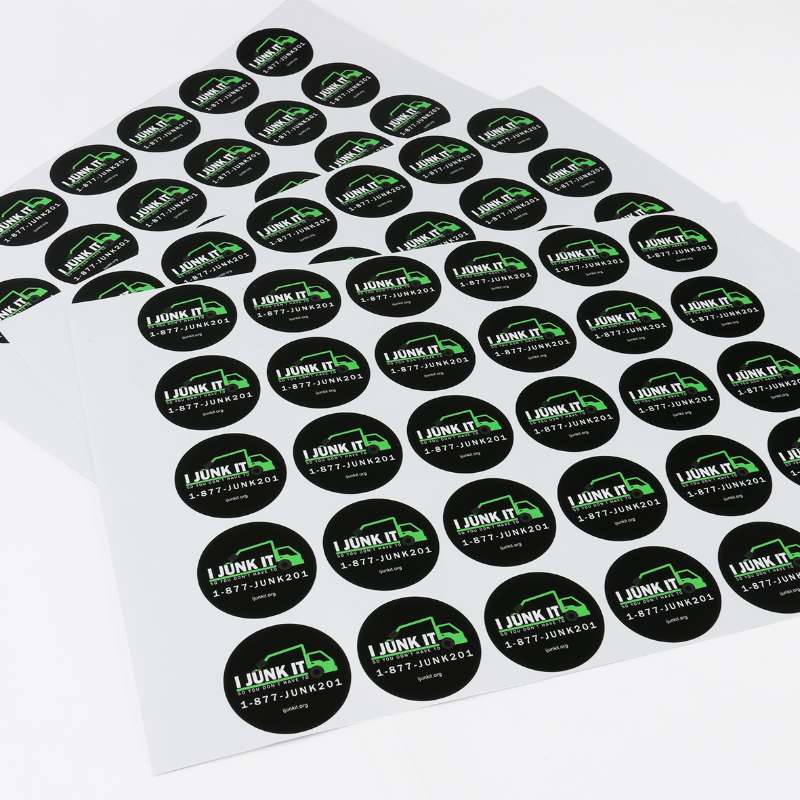
Application and Usage:
Clean Application Surface:
Before applying the stickers, ensure that the surface is clean, dry, and free of any dust or debris. This will promote adhesion and prevent premature peeling.
Proper Application Technique:
Carefully peel off the backing of the sticker and align it with the desired location. Smooth out any air bubbles or wrinkles using a squeegee or credit card, starting from the center and working outwards.
Maintenance Tips:
Provide customers with guidance on how to maintain the appearance of their custom vinyl stickers, such as avoiding exposure to extreme temperatures or harsh chemicals.
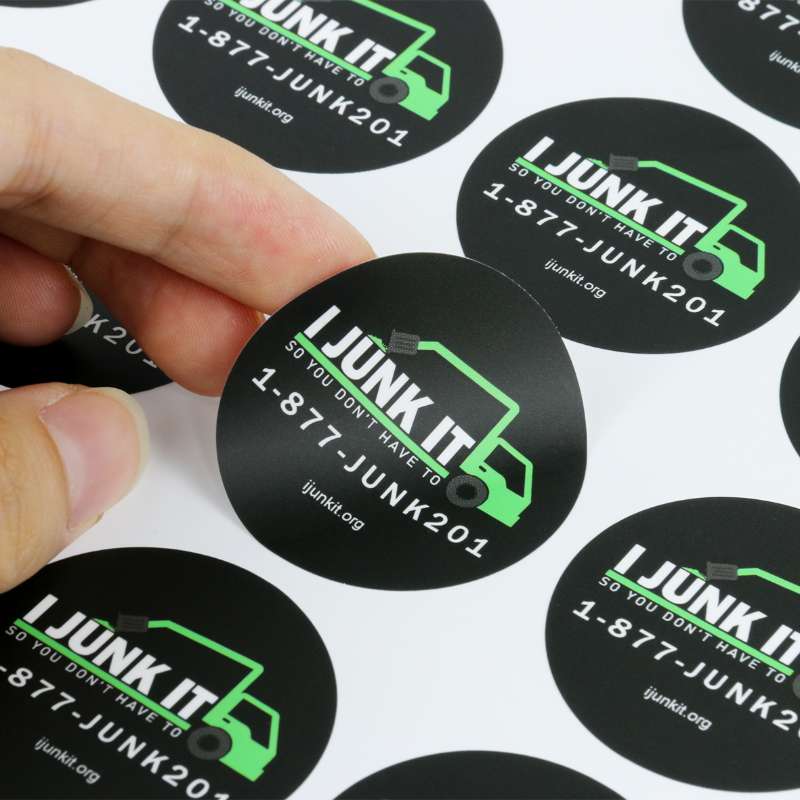
Customizing vinyl stickers offers endless possibilities for creativity and expression.
By following these steps and guidelines, you can create high-quality, personalized stickers that meet your unique requirements and leave a lasting impression.
Whether it’s for branding, decoration, or promotion, custom vinyl stickers are a versatile and effective tool for businesses and individuals alike.
